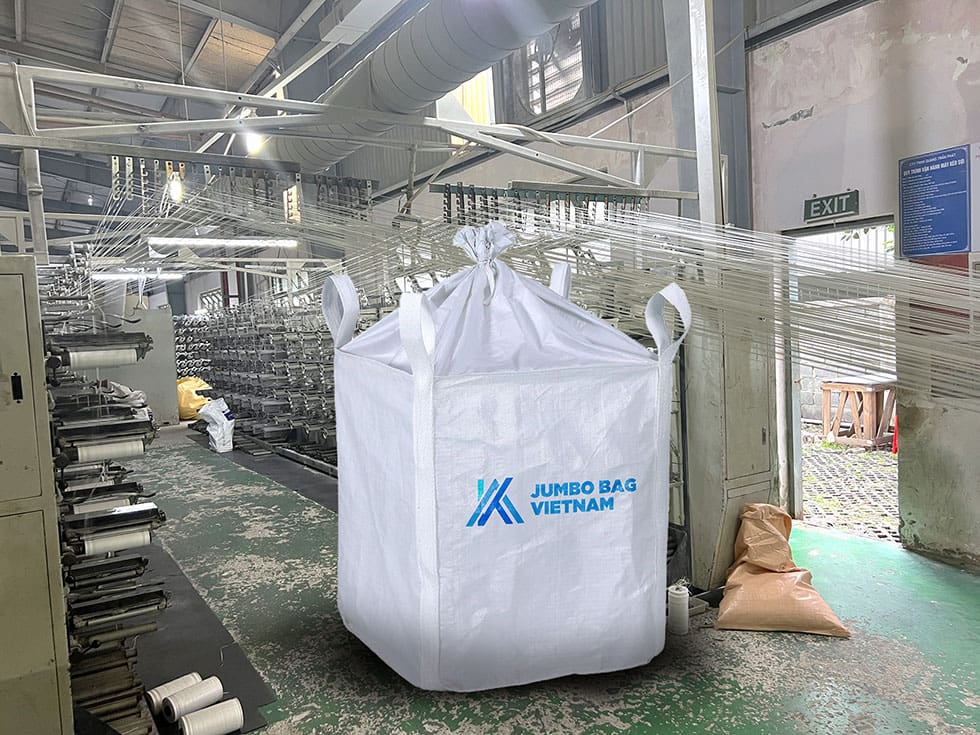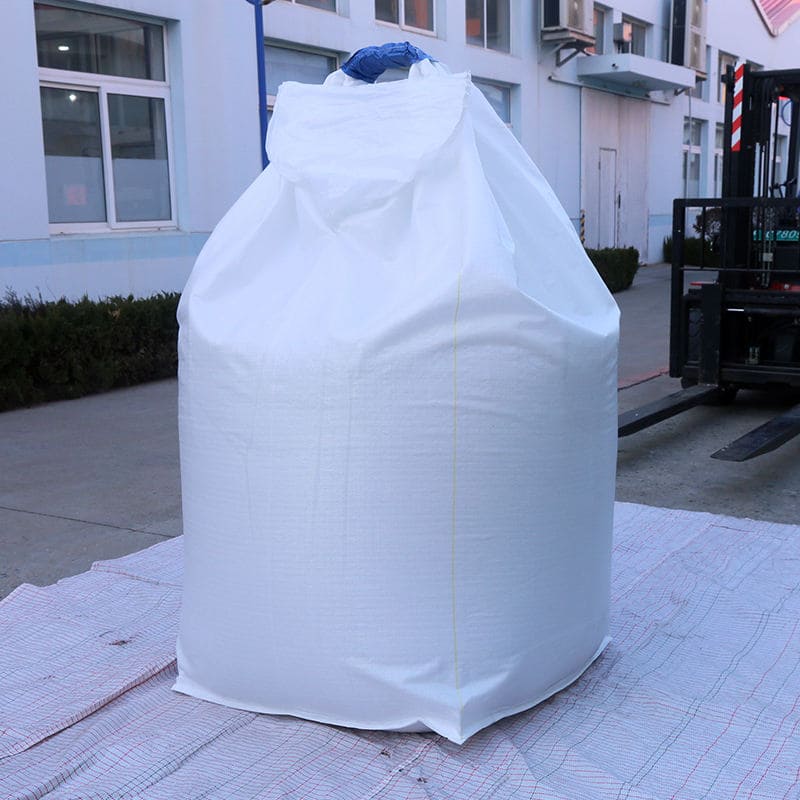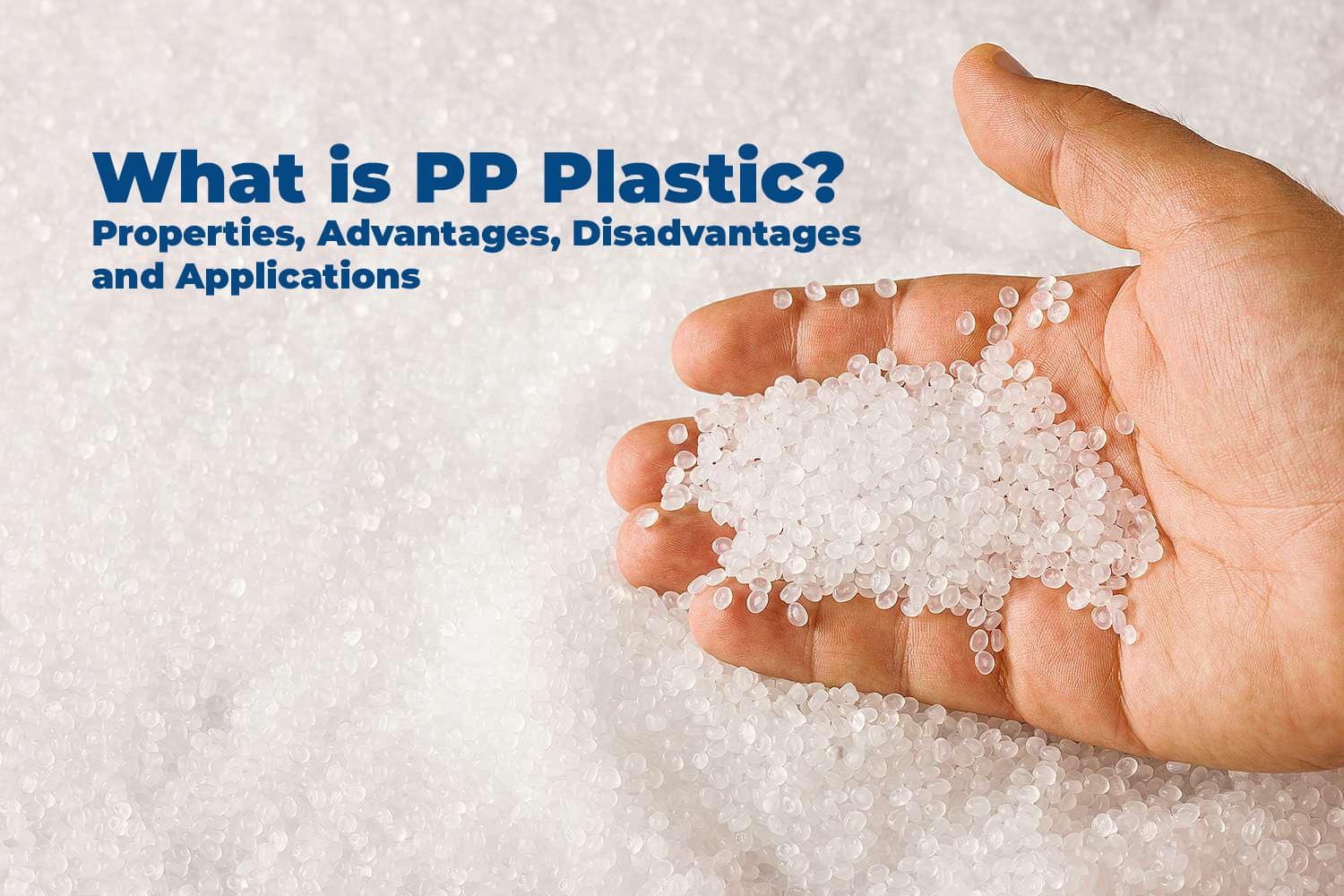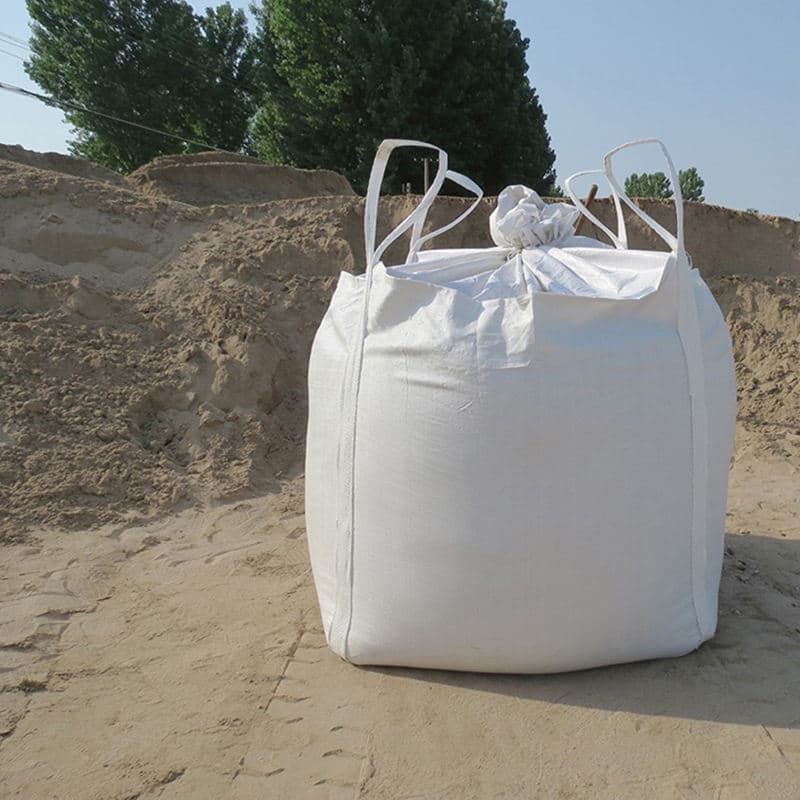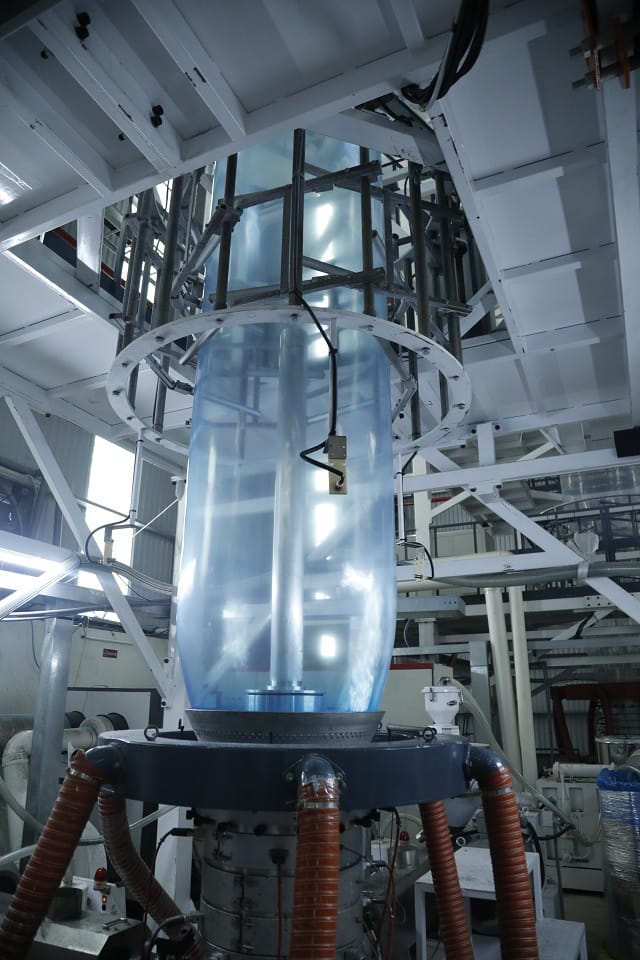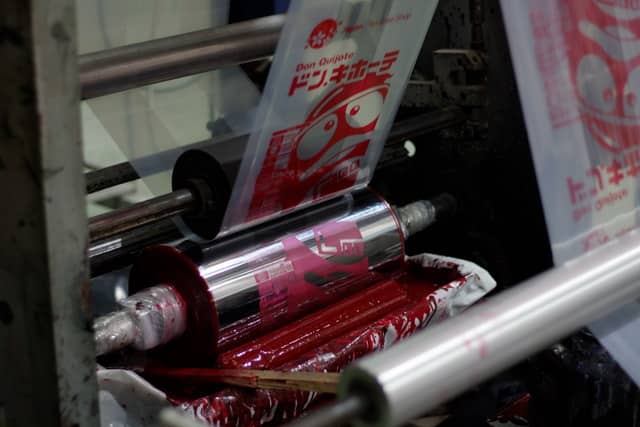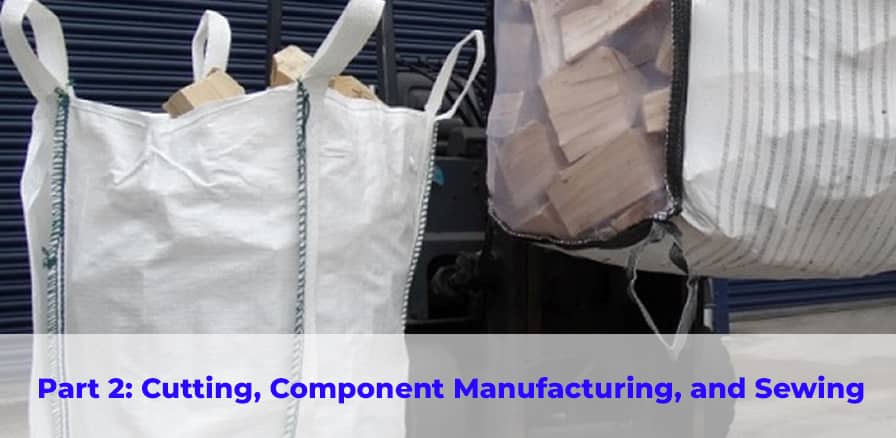According to a market report released in January by Research and Markets, the biaxially oriented polypropylene (BOPP) films market is projected to grow at a compound annual growth rate (CAGR) of 6.5% from 2022 to 2030.
Polypropylene can be stretched both in the machine direction and across the machine direction, a process that endows BOPP films with superior printability, low gauge, clarity, flatness, and twist retention.
Additionally, BOPP films offer UV resistance, a smooth surface, and excellent chemical resistance. In recent years, BOPP has seen a surge in popularity and demand due to its exceptional barrier properties against water vapor, oil, and grease, as well as being recyclable and free from harmful emissions.
The increasing utilization of BOPP films by industries such as food, pharmaceuticals, and cosmetics has spurred significant demand, presenting vast market opportunities for the coming years. However, stringent government regulations regarding BOPP film production pose a significant challenge to market growth during the forecast period.
Market Segment Insights
Flexible packaging, and packaging in general, is seen as one of the most lucrative industries due to its wide applicability across food and beverage, personal care, and pharmaceutical sectors. The growing demand for BOPP in packaging spans markets such as snacks, cakes, bread, ready-to-eat packaged foods, frozen foods, and candy.
The food sector is anticipated to be the fastest-growing application segment by the end of the forecast period. Additionally, the increasing need for pressure-sensitive tapes in mechanical packaging presents lucrative opportunities for leading players in the BOPP market.
Globally, the rising demand for consumer electronics and electrical goods creates a profitable growth opportunity for BOPP films. Due to their superior mechanical and thermal properties, these films are ideal for wrapping wires and cables, serving as excellent insulators.
Biaxially oriented polypropylene films are also used to prevent the oxidation of pharmaceuticals and cosmetics, a particularly challenging task. This demand contributed to North America holding the largest revenue share for BOPP films in 2021.
In terms of applications, the bags and pouches subsegment generated the largest market share in 2021. These flexible formats are water-resistant and can be printed with high-resolution images. BOPP bags and pouches have diverse uses in packaging animal feed, pet food, seeds, and other consumer goods, allowing for a broader market reach.
In recent years, the demand for tobacco packaging has increased due to the rising number of new product launches and higher disposable incomes.
Geographically, the Asia-Pacific region is expected to experience the highest market growth rate.
